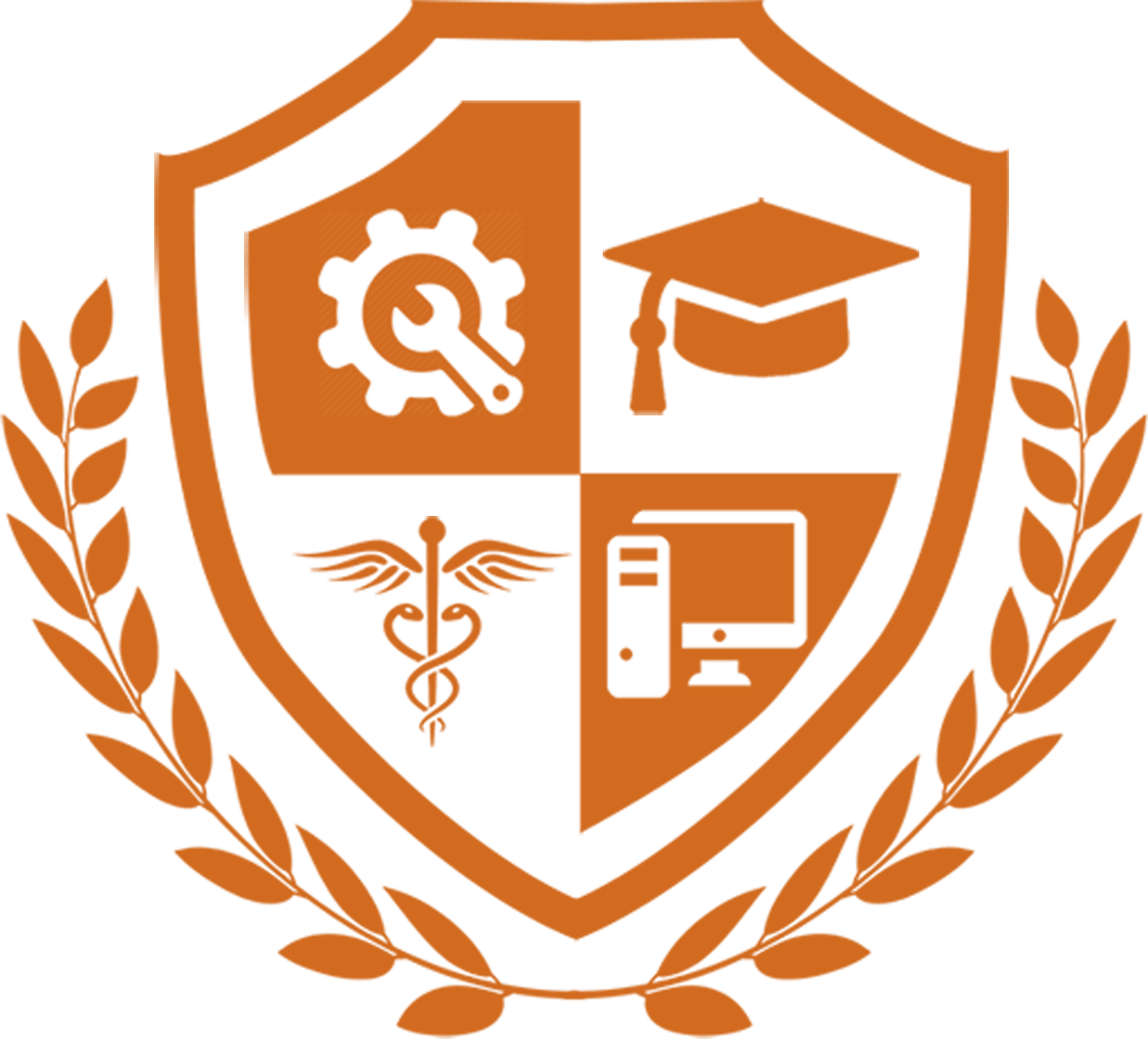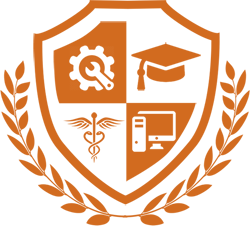Those aspiring for a career in the healthcare industry have never had so many options, as online courses are now offered in addition to more traditional professional training. One of the most popular career paths in healthcare is to become a Medical Tech, also known as a Medical Assistant. Medical techs are multi-skilled health professionals with proficiency in ambulatory health care. They can perform administrative and clinical roles while helping physicians, physician assistants, nurse practitioners, and other healthcare professionals.
If you're considering a career in healthcare as a medical assistant, you may be wondering if you should enroll in a trade school or take an online course. Graduates from both have gone on to have successful careers in healthcare. Before you make your final decision, it's worth knowing some of the differences between online courses and attending classes in person.
Online medical training is somewhat new, and has grown in popularity recently because it's often cheaper, takes less time, and doesn't require you to sit in a classroom for hours weekly. Courses are conducted over the internet, using various methods like demonstrations, simulations, lectures, forums, and interactive lessons. All quizzes and testing are done remotely. Online learning lets you work at your speed, giving flexibility to students who cannot attend a regular trade school for whatever reason. Another perk is that online classes are often accelerated courses that last only a few weeks.
If you want a healthcare career, you must gain practical experience. Employers need to know if you can do the work. In online training, this is done through simulations. Simulations recreate real-world situations that medical technicians face every day and allow you to gain professional skills while practicing your craft in a safe environment.
If you do take online courses, you will still have to have some hands-on training. There is no path to becoming a healthcare professional that doesn’t require some amount of supervised training. If you attend trade school in person, you do all your work there. Online courses will require you to drive to a specific location for training. Trying to get somewhere on time for training can be stressful, especially when you’re already worried about what you’ll be doing at the class. This is a big reason why many choose in-person classes – it’s familiar.
Vocational schools have been around for years and are the traditional way to become a medical assistant. Courses are organized more like high school or college, with regular classes and time outside class to meet with your instructor. Most classes are lectures or demonstrations, followed by an in-class assignment or homework.
To attend medical tech school, you will need to meet with the admissions office to begin enrollment. The admissions office can be a valuable resource for you. They can answer all your questions and make sure you have all the information you need about the program, admissions process, costs, and financial aid. A school visit is also a perfect time to get acclimated to the campus and browse the equipment you'll use during training.
Are you still trying to decide which is best? Online training and classroom instruction both have their pros and cons. Here are a few key differences to consider when making your decision:
The primary benefit of classroom instruction is hands-on training. On-the-job experience is the first thing employers look for. You can learn concepts in a textbook or classroom, but if you can't apply them in the real world, you're in trouble. When you attend a trade school, you get ample time to master all the high-tech gear you'll be using regularly on the job. If you need additional help grasping a concept or a piece of machinery, you have instructors and classmates on hand that can give you a few tips.
Another strong advantage of attending trade school in person is access to your instructor. Many teachers are veteran medical techs with years of expertise in healthcare. Not only can they provide an authentic perspective of what your future career should look like, but they may also have connections for employment after you graduate. If you need extra help, educators can be available before or after class or have weekly office hours to meet with you. Most teachers are passionate about healthcare and want to help you get where you want to be. If you're meeting in an online group, it can be challenging to meet up in person.
One of the most common paths to becoming a successful medical assistant is to attend a trade school in the city where you want to work. Local schools may offer internship programs to help you enter the workforce immediately after graduation. When looking for a job, the mentioned local connections come into play again. Austin-based medical companies know where to find the best and most innovative new technology.
Another important factor is time. Some online training courses last only a few weeks and teach the basics of medicine. Some courses are longer. At Austin Career Institute, it takes 10 months to receive a nationally accredited Medical Assistant Diploma.
ACI's medical assistant programs take no shortcuts. Students not only learn their way around a medical office but also have confidence in their actions, understand the terminology and tools of the job, have a good work ethic, and understand how to care for patients with compassion and professionalism. A hybrid version of classes is available for busy working people, where some of the in-class lectures can be attended online.
Another pro for classroom instruction is interaction with your instructor and classmates. Gathering in a group setting allows you to talk about what you're learning. That may not seem like a big deal, but it can make a huge difference for students who like a little social aspect to their schooling. A group setting also allows for differing opinions and spirited discussions, leading to a deeper understanding of the subject. Talking with classmates can improve your comprehension and knowledge and will enable you to discover and learn new things you might not have otherwise.
Traditionally, in-person schools can be more expensive than online training programs, but many have financial aid programs to assist students. Many students receive support through Pell Grants, loans, and scholarships from local organizations and community partners. When you apply for Financial Assistance, the qualifications depend on your State of residence, your citizenship status, your income levels and your household size.


